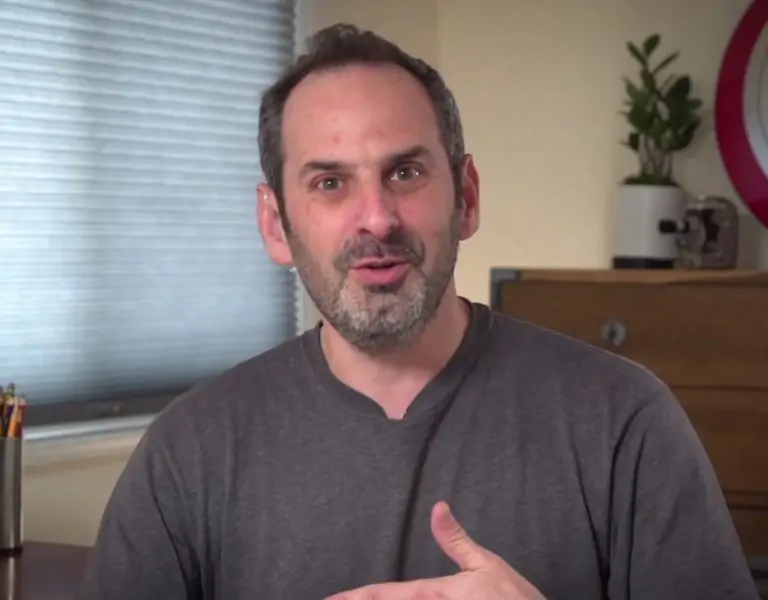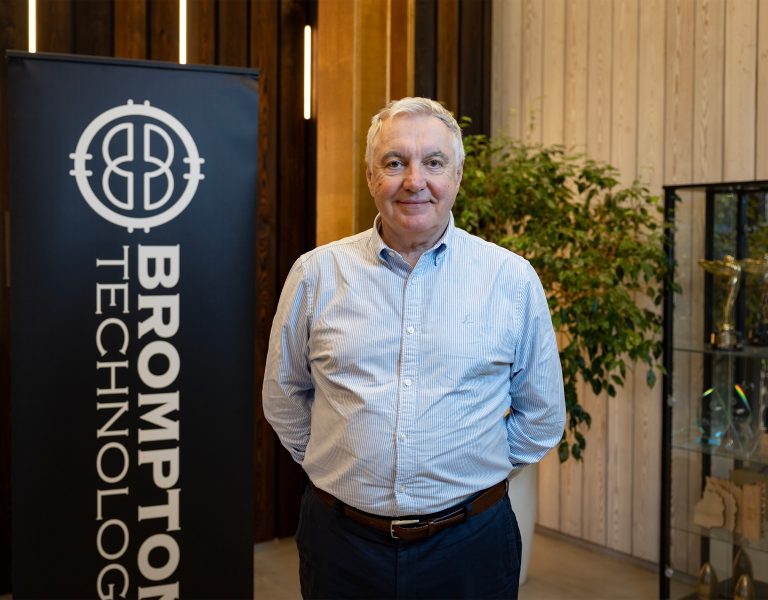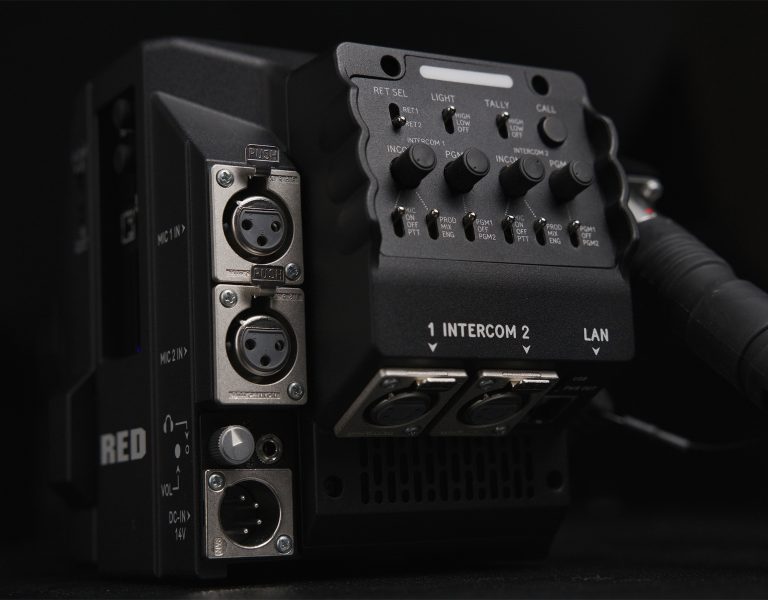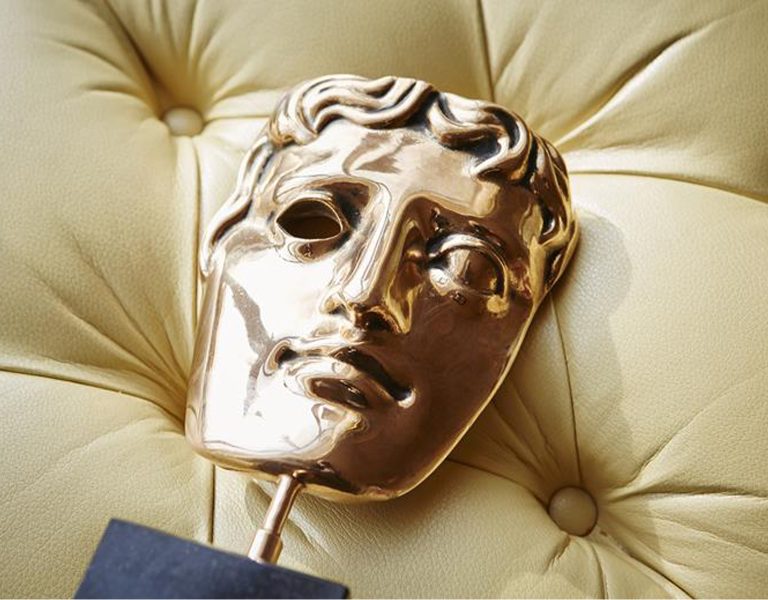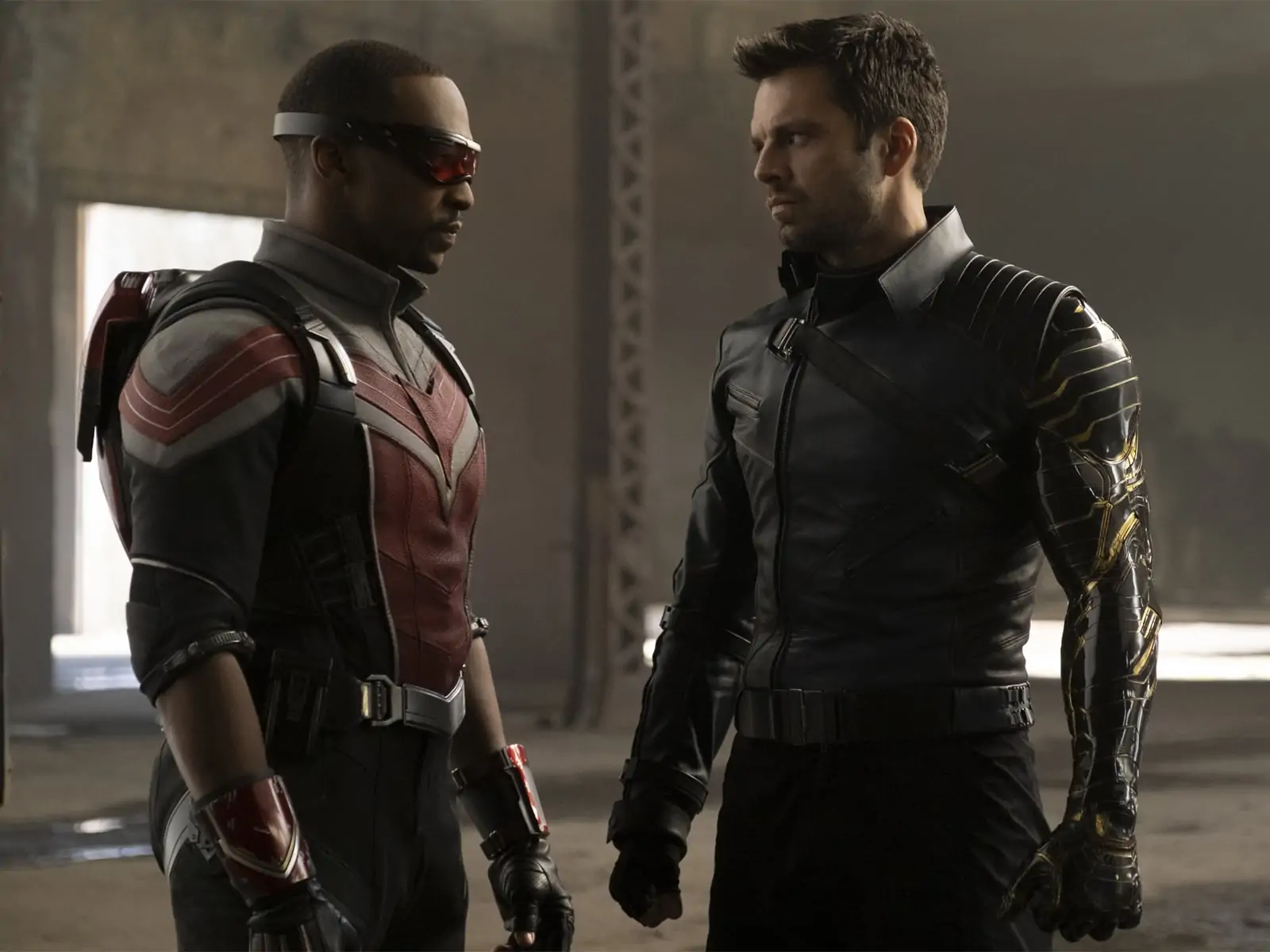
Award-winning director of photography PJ Dillon ASC ISC is a cinematographer with an extensive CV in film and television. His recent works as a director of photography (DP) include Game of Thrones, The Alienist, Vikings and Penny Dreadful.
Most recently, Dillon lensed Marvel Studio’s The Falcon and The Winter Soldier, a new Original Series for Disney+, created by Malcolm Spellman and directed by Kari Skogland.
Set six months after Avengers: Endgame, Sam Wilson/Falcon (Anthony Mackie) picks up Captain America’s mantle, teaming up with Bucky Barnes/Winter Soldier (Sebastian Stan). The first episode features an impressive aerial action sequence, where skydivers used wingsuits, capturing aerial action sequences using the Blackmagic Pocket Cinema Camera 6K.
“We were trying to figure out how best to shoot the sequence,” says Dillon. “We wanted it to be shot from the perspective of the skydiver. That’s when we came across the Blackmagic. We got our hands on a camera and tested it against Panavision’s DXL2 8K camera, our main camera on the show, and it held up really well on the ACEs workflow. Everyone in the production was very impressed, so we ordered six in total.”
The cameras were attached to the skydivers, onto helmets, chests and even onto the wings of their suits. “They loved it because the weight and size didn’t interfere with their ability to maneuver in flight.”
Over four days, the skydivers completed four to six jumps per day. “I designed and set up the shoot, but it was the Aerial Unit led by DP Paul Hughen ASC that captured those sequences,” explains Dillon.
“The cameras were set up to keep shooting until the skydiver’s completed their jumps. You couldn’t monitor back, and so each card would capture around four to six minutes, but there was plenty of quality footage to complete the sequence.
“It worked really well because it feels quite visceral,’ explained Dillon. “You’re taken into the scene from the skydiver’s point of view, and you become a part of the action.”
The footage was then taken into the studio and used in conjunction with blue/green screen and wirework. “The approach bought an energy that often sequences such as these do not have,” said Dillon.
“The VFX team had no problem using the footage from the 6K sensor,” says Dillon. “The fact that the camera offers raw recording gave us options we wouldn’t have had with compressed h264 material. It meant we had more room to stretch things in the grade as a result.”
Dillon expects to use this type of camera in more of his work in the future. “You can get them into places and capture angles, that with a bigger production camera would be much more of an exercise. You can even place them in the scene at the very last second, let them run, and it’ll give you another unique and interesting angle.”
